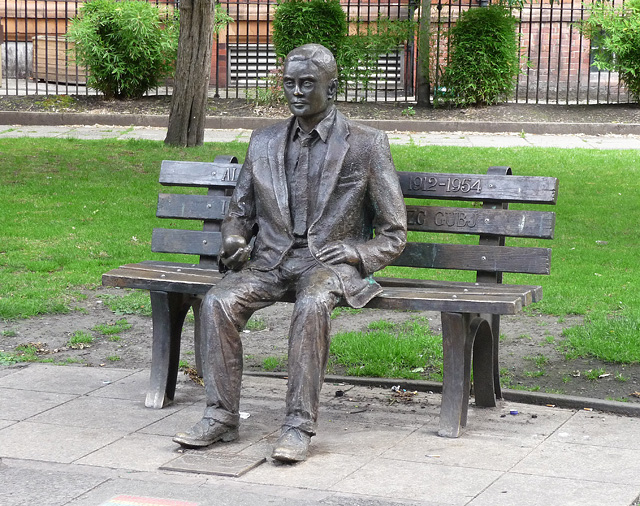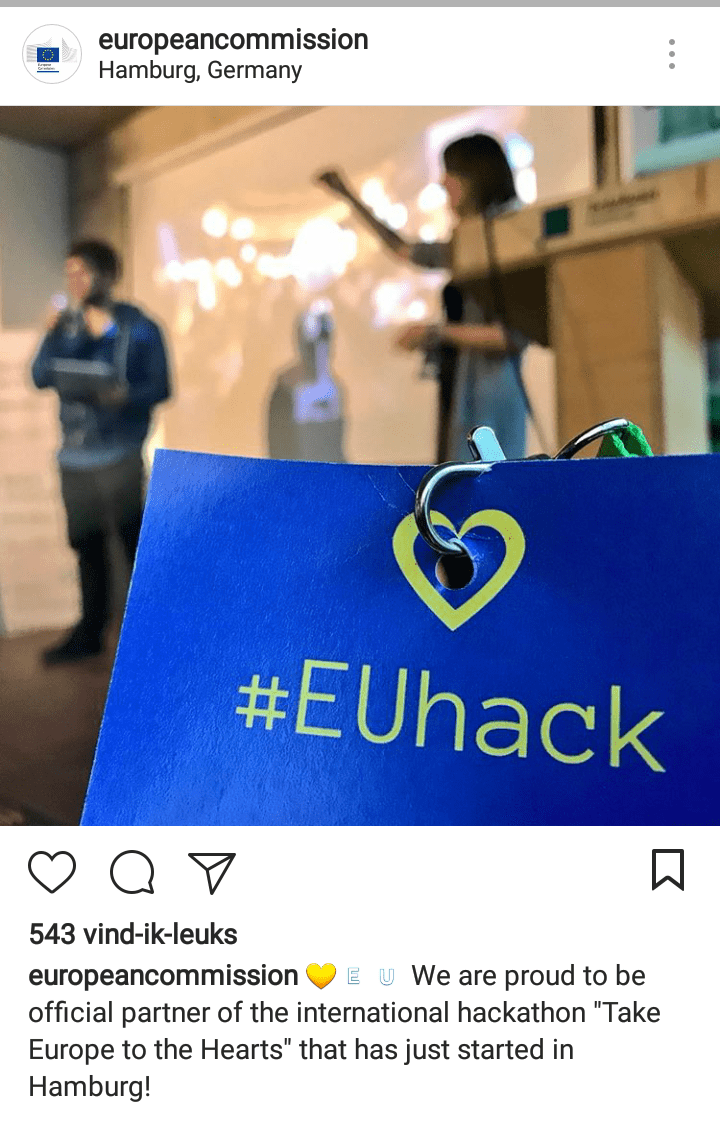Today I stumbled upon a Guardian Article focused on Historic England’s Immortalized project. Historic England, is a public body that states to help “people care for, enjoy, and celebrate England’s spectacular historical environment”. With its Immortalized project, the organisation aims to document England´s lesser known local memorials that are not generally highlighted on a national level. It further aims to document the rituals attached to these local memorials, hereby focusing both on the tangible and intangible heritage connected to them. Examples are given of the Alan Turing statue in Manchester, where, on Turing´s birthday, every year flowers are placed, and the Oliver Cronwell statue in Westminster, where there is an annual service on the pavement below the statue. The guardian article further mentions the various shrines that spring up after terrorist attacks, and an installation made of spoons on a wall on Mount Pleasant in London, which is believed to commemorate deceased heroin users.

The project furthermore follows, is connected to, and to a certain extent, comes forth out of the context and the demands for the removal of controversial and colonial memorials, such as the statue of Cecil Rhodes in oxford. A debate titled ‘Revere or Remove? The Battle over Statues, Heritage, and History’ is thus also included in the project. The project further explicitly states to respond to the “well-documented lack of women, working people and people of colour in England’s collection of statues”, and is largely guided by the questions “who is remembered, who is missing, and why?”.
With these questions still echoing in the back of my mind, although slightly drowned out by the sweet sounds of France Lise’s Caraibes -Shine On Dance, I once again stumbled, this time over the Instagram story of the European Commission, which I can only describe as a very active and emoji riddled attempt to engage young people with the European Union. This specific emoji heavy story focused on the European Commission sponsored Hackathon titled ‘Take Europe to the Hearts’.

So now you must be thinking two things. Firstly “wow Tsjalling follows the European Commission on Instagram….cool”, and secondly “what the fuck is a hackathon?”. Well, as the social media team of the European Commission neatly explains it in principle involves bringing different programmers, marketing experts, graphic designers etc. together in one space for a few days and giving them problems to solve. In this case, the problems were 1) How to reconnect young people with the European values and inspire a sense of belonging?, and 2) How to best highlight the benefits of the EU? Which ones should we focus on?
The Hackathon hereby once again deems to be understood within the context of Europe’s ‘symbolic deficit, where European citizens do not feel attached to European institutions (Bottici 335), and in response European institutions have intensified “their image building initiatives” (Aiello et. all 460) and attempt to “reduce the gap between EU organizations European citizens” (Cmeciu & Cmeciu 196).
So at this point, the questions of who is remembered, who is missing, and why? started to inter-mesh with the questions of the European Hackathon on how to reconnect young people with European values and inspire a sense of belonging? and how to best highlight the benefits of the EU? (France Lise’s Caraibes -Shine On Dance, was furthermore still very heavily interconnected with these thoughts). I would especially like to highlight the overlap between the questions of the immortalized project with the question of how to highlight a sense of belonging? For it seems to me that to feel a sense of belonging, as an EU citizen, you deem also to feel represented, which is further the main issue that many European citizens seem to have, not feeling represented nor connected to the ‘European Union’.
I therefore would like to raise the question if an Immortalized Project, or at least a project in a similar vein, could be realized on an European level? Can the European Union and its institutions promote local memorials that are in someway connected to European values? Would the promotion of these local memorials lose any European significance? Would this help EU citizens on a local level to connect and to feel represented by European Institutions, or is the difference between these different levels to large to bridge?
Who knows. In any case, if you take anything away from this blog may it be France Lise’s Caraibes -Shine On Dance, cause what a wonderful song that is!
Keep it wavey in the free world, and have a wonderful day.
Tsjalling
References:
Aiello, Giorgia-Thurlow, Crispen. “Symbolic Capitals: Visual Discourse and Intercultural Exchange in the European Capital of Culture Scheme.” Language and Intercultural Communication 6.2 (2006): 148-162.
Bottici, Chiara. “European Identity and the Politics of Remembrance.” In Performing the Past: Memory, History, and Identity in Modern Europe. Amsterdam University Press, 2010. 335-361.
Cmeciu, Camelia, Doina Cmeciu. “‘Debating Europe’ Platform – A Means of Constructing Online Representations of a European Identity.” Social and Behavioral Sciences 149 (2014):195-199.